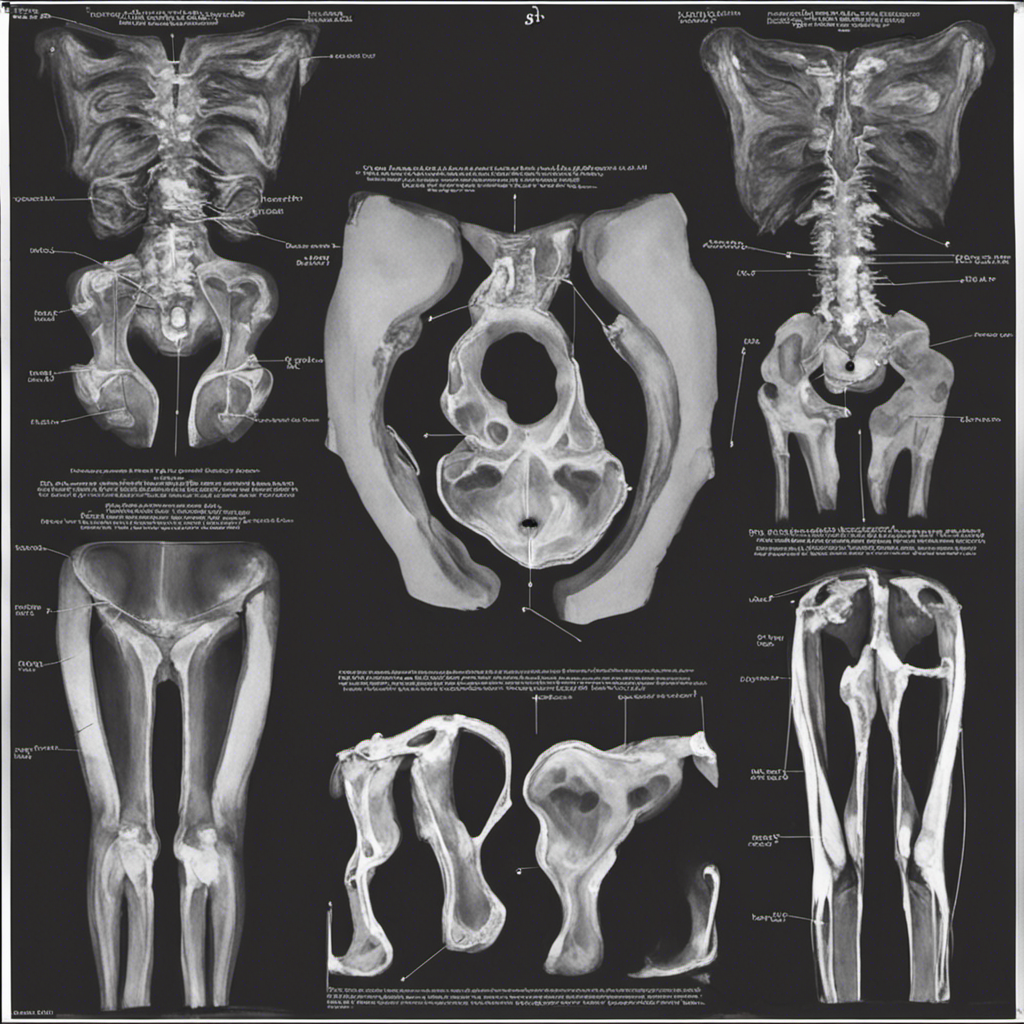Meralgia Parasthetica
Summary
Meralgia paresthetica is a condition characterized by numbness, tingling, and pain in the outer thigh due to compression or irritation of the lateral femoral cutaneous nerve. Common causes include tight clothing, obesity, injury, pregnancy, and diabetes. Symptoms include numbness, tingling, burning, and sensitivity to touch in the outer thigh. Diagnosis involves a physical examination, medical history, nerve conduction studies, imaging, and sometimes a diagnostic nerve block. Treatment options range from lifestyle changes and weight management to medications, physical therapy, nerve blocks, and, in rare cases, surgery. The choice of treatment depends on the underlying cause and the severity of symptoms. Consulting a healthcare professional is crucial for a proper diagnosis and treatment plan.
Contents
- Definition
- What is it
- Causes
- Symptoms
- Tests
- Treatments
Definition
Meralgia paresthetica is a condition that occurs when the lateral femoral cutaneous nerve, which supplies sensation to the outer thigh, becomes compressed or irritated. This can lead to symptoms such as tingling, numbness, and burning pain in the outer thigh. Common causes of meralgia paresthetica include tight clothing, obesity, and injury. Treatment options may include addressing the underlying cause, physical therapy, or in some cases, medical interventions. If you suspect you have this condition, it’s important to consult a healthcare professional for an accurate diagnosis and appropriate management.
What is it
When a nerve in your thigh gets pinched, causing your outer thigh to feel tingly, numb, or painful.
Causes
This can happen due to tight clothes, being overweight, or injury. To fix it, you might need to loosen your clothing, lose weight, or get medical help.
Other factors that can potentially cause meralgia paresthetica include:
- Pregnancy: The condition may occur during pregnancy due to increased pressure on the nerves from the growing belly.
Injury or trauma to the hip or thigh: Direct injury to the hip or thigh area can damage the nerve. - Surgical procedures: Surgeries around the hip or waist area can sometimes result in nerve compression.
- Diabetes: People with diabetes may be at a higher risk due to nerve damage associated with the condition.
- Sitting for extended periods: Prolonged sitting or activities that put pressure on the nerve, such as cycling, can contribute to meralgia paresthetica.
Symptoms
- Numbness: You may experience a numb or “dead” feeling in the outer thigh.
- Tingling or burning: Many people with this condition describe sensations like pins and needles or a burning pain in the same area.
- Pain: Some individuals may have aching or sharp pain in the outer thigh, which can vary in intensity.
- Sensitivity to touch: The skin on the outer thigh might become overly sensitive, making it uncomfortable to touch or have clothing rubbing against it.
Tests

There are a number of ways to confirm meralgia parasthetica.
Physical examination
History
EMG
MRI
Diagnostic nerve block
Treatments
- Conservative Measures:
- Lifestyle changes: Avoid tight clothing or belts that may exacerbate symptoms.
- Weight management: If obesity is a contributing factor, weight loss can help relieve symptoms.
- Physical therapy: Exercises and stretches to improve flexibility and reduce nerve compression.
- Nerve Blocks: Corticosteroid injections can provide temporary relief by reducing inflammation and pain.
- Surgery: Reserved for rare cases when conservative measures fail, and the nerve compression is severe. Surgical procedures aim to decompress the nerve.

Pingback: 4 Common causes of Hip/Groin Pain - Hornsby Chiropractor